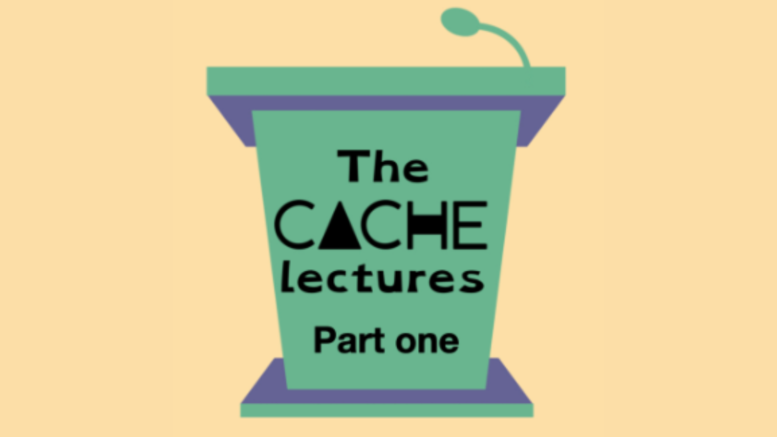With a couple of dyslexics in the team we’re always on the lookout for anything that helps overcome communication challenges.
Leo is a free online tool aiming to make “reading lists readable” by allowing users to customise a digital copy of a book by adapting text size, colour and spacing, or even watch or listen to the book being read aloud.
Whatever your reading ability, here’s a great bit from their most recent addition The Cache Lectures and worth reading more.
Big ideas and how to have them.
Hello everyone. Today I’m going to talk about ‘big ideas’ within the world of advertising. And share some tips and insights on how to generate them yourself. In advertising, there’s one currency that never devalues… and that’s ideas.
So, in spite of a sea-change in the creative industries, the best ad agencies all agree they are still the most important thing. And the bigger and more disruptive, the better.
But the holy grail for all ambitious Art Directors and Copywriters is not just ideas, but big ideas.
But what exactly is a big idea? What’s the difference between a fairly ordinary one and an idea that really stands out from the crowd? One that’s really big.
Firstly, it’s important to establish that a campaign idea is the overarching message that underpins all elements of the campaign, in order to resonate with what we call the ‘target audience’. In other words, the people the messages are aimed at.
It’s not simply about flogging stuff. A big idea should be entertaining, create wonder and crucially, be capable of transforming the way people think about a brand. It must differentiate them, so they are not just a ‘me-too’ brand, but first choice.
This often requires a leap of faith from a brave client; one who is prepared to really trust the agency and not worry too much about measuring success, based on numbers and performance; something that is far more prevalent these days, with all the numerous ways there are of quantifying success.
Crucially, a big idea should be capable of stretching across all different types of media, so it’s not just limited to one channel, for example, TV or print…Read more

